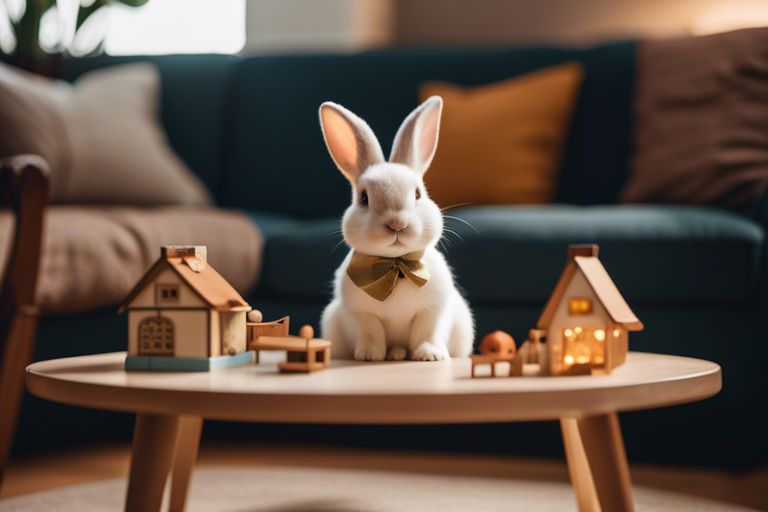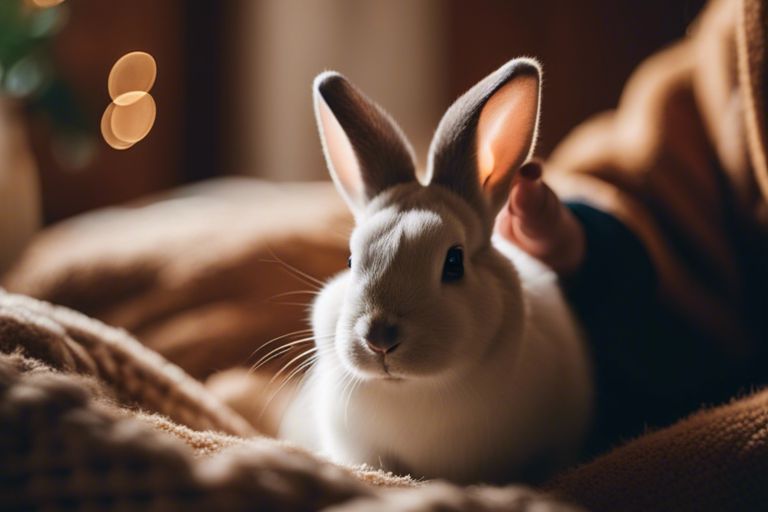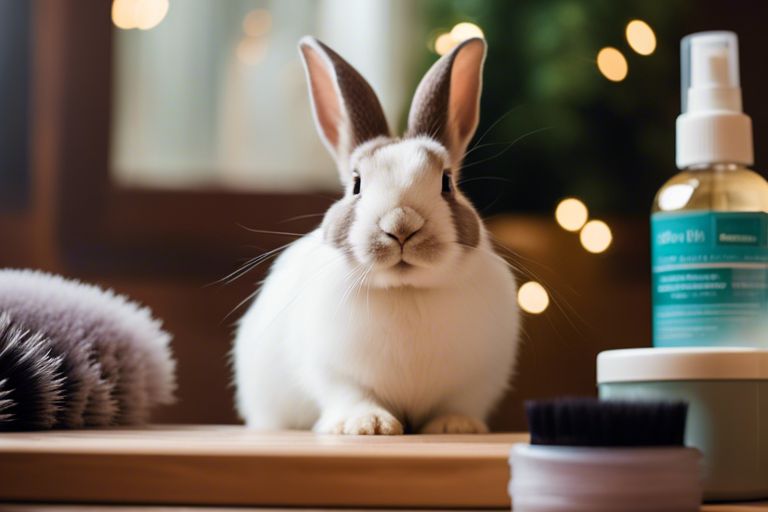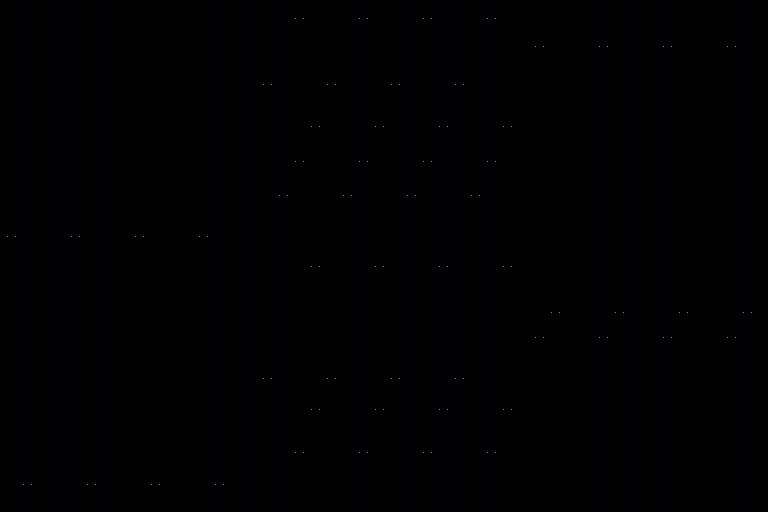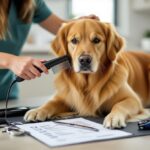Many rabbit owners may not realize the potential dangers lurking in their homes for their furry friends. From electrical cords to toxic houseplants, there are numerous hazards that can put your bunny at risk. In this guide, we will discuss vital tips and tricks to rabbit-proof your home and ensure the safety and well-being of your beloved pet.
Pre-Rabbit-Proofing Assessment
Identifying Potential Hazards in Your Home
Your first step in rabbit-proofing your home is to conduct a thorough assessment to identify potential hazards. Look for anything that could harm your bunny, such as electrical cords, toxic plants, small objects they could swallow, sharp edges, and spaces they could get stuck in. Ensure that all hazardous items are removed or secured out of your bunny’s reach.
Creating a Safe Space for Your Bunny
Creating a safe space for your bunny is crucial to their well-being. Choose a room or area in your home where your bunny can roam freely under supervision. Make sure the space is free of hazards, with no access to electrical outlets or cords. Provide chew toys, hiding spots, and a litter box to make the space comfortable for your bunny.
Your bunny’s safe space should also include a cozy resting area, such as a cardboard box filled with hay, and fresh water. Remember to block off any areas where your bunny could potentially get stuck or injured, and supervise them closely when they are exploring their environment. By creating a safe space for your bunny, you are ensuring their safety and happiness in your home.
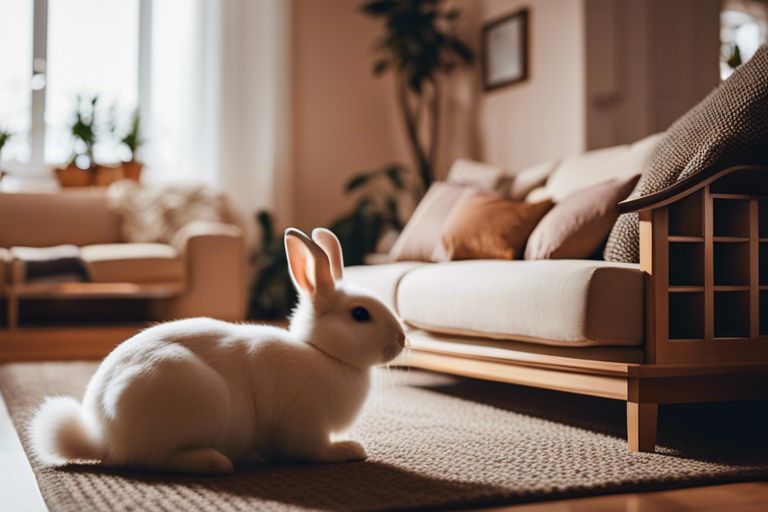
Electrical and Cable Safety
Tips for Protecting Electrical Cords
Any responsible bunny owner knows the importance of ensuring their furry friend’s safety within the home environment. One common hazard that many pet owners may overlook is the risk posed by electrical cords. Rabbits are naturally curious creatures, and their tendency to chew on objects can lead to dangerous situations around exposed wires.
- Keep cords out of reach by using cord concealers or PVC tubing.
- Apply a bitter apple spray or a pet-safe deterrent on cords to discourage chewing.
The key to keeping your bunny safe is to be proactive in preventing access to hazardous items. Do not forget, a little effort in rabbit-proofing your home can go a long way in ensuring your pet’s well-being. The safety of your beloved bunny is worth the investment of time and resources.
Solutions for Safeguarding Electronics and Appliances
To avoid potential electrical hazards in your home and protect your electronics and appliances from curious bunnies, consider investing in sturdy wire barriers or cord protectors. An effective way to safeguard your devices is by using cable organizers that can keep cables neatly tucked away and out of reach of your pets.
Protecting your electronics and appliances not only ensures the safety of your rabbit but also extends the lifespan of your devices. By implementing these solutions, you can create a secure environment for both your pet and your household gadgets.

Furniture and Chewable Surfaces
Once again, when it comes to rabbit-proofing your home, your furniture and other chewable surfaces are not safe from your bunny’s urge to gnaw. Rabbits have a natural instinct to chew to wear down their teeth, so it’s crucial to take measures to protect your belongings from becoming their next chew toy.
How to Protect Your Furniture from Bunny Chewing
Any furniture or surfaces within your rabbit’s reach should be covered or made inaccessible to prevent damage. Invest in covers or barriers to protect your furniture legs, baseboards, and electrical cords. Additionally, consider applying a pet-safe bitter spray to deter your rabbit from chewing on specific objects. Providing plenty of rabbit-safe chew toys and regularly trimming your rabbit’s teeth can also help curb their destructive chewing habits.
Safe Alternatives to Keep Your Rabbit Occupied
From cardboard tubes to willow balls, there are plenty of safe alternatives to keep your rabbit occupied and away from your furniture. Providing a variety of chew toys can help satisfy your bunny’s natural urge to chew while keeping them entertained. Make sure to rotate their toys regularly to keep things interesting for your furry friend.
Alternatives like apple sticks, hay cubes, and woven grass mats are not only safe for your rabbit to chew on but also promote dental health. Bear in mind, a stimulated and happy bunny is less likely to resort to destructive chewing behaviors, so provide plenty of enrichment activities to keep them mentally and physically engaged.
Plants and Toxic Substances
Identifying Houseplants That Are Dangerous to Rabbits
All rabbit owners should be aware of the potential dangers that houseplants can pose to their furry friends. Some common houseplants, such as lilies, philodendrons, and poinsettias, can be toxic to rabbits if ingested. It is crucial to identify and remove any toxic plants from your home to keep your bunny safe.
How to Secure and Store Toxic Substances
Dangerous substances like cleaning products, pesticides, and certain foods can pose a serious threat to your rabbit’s health if not stored properly. Ensure that all toxic substances are stored in secure cabinets or locked containers that are out of your bunny’s reach. Additionally, be mindful of any items that might be accidentally dropped or spilled, as rabbits are curious creatures and may try to investigate anything new in their environment.
Toxic substances should be kept in their original containers with secure lids and stored in a high or inaccessible location. Always read labels carefully and follow storage instructions to prevent accidental poisoning of your rabbit. If you suspect that your rabbit has ingested something toxic, contact your veterinarian immediately for guidance.
Flooring and Carpeting
Selecting Bunny-Friendly Flooring Options
To ensure your bunny’s safety and well-being, it’s crucial to choose the right flooring for your home. Unlike hardwood or tile floors, which can be hard on a rabbit’s delicate feet, opt for softer surfaces like bamboo, cork, or even rubber flooring. These materials are more forgiving and provide better traction for your bunny to prevent slipping and injury.
Tips to Prevent Carpet Digging and Chewing
To protect your carpets from your bunny’s natural digging and chewing behaviors, there are a few strategies you can implement. Start by providing plenty of appropriate chew toys and digging boxes to satisfy your bunny’s instincts. Additionally, consider placing large area rugs or mats over the carpeted areas most prone to damage to create a barrier between your bunny and the carpet.
- Regularly trim your rabbit’s nails to minimize damage to the carpet fibers.
- Use bitter apple spray or other pet-safe deterrents on areas your bunny likes to chew or dig to discourage these behaviors.
Carpet
Carpet can be a cozy flooring option for both you and your bunny, but it can also be a magnet for digging and chewing. To prevent your rabbit from destroying your carpet, consider investing in a carpet runner or rug with a low pile that is easier to clean and less enticing for digging. Any loose threads or edges should be promptly trimmed to prevent your bunny from pulling and chewing on them.
- Provide your bunny with alternative digging and chewing surfaces, such as cardboard boxes or designated toys, to redirect their behavior away from the carpet.
- Supervise your bunny when they are out of their enclosure to catch any carpet digging or chewing behaviors early and correct them.
Barriers and Containment
Your rabbit’s safety is paramount when creating a rabbit-proof environment in your home. Utilizing barriers and containment methods can prevent your bunny from accessing hazardous areas and keep them secure within designated spaces.
How to Effectively Use Baby Gates and Pens
Assuming your rabbit enjoys exploring, using baby gates and playpens can be highly effective in limiting their access to certain areas of your home. Ensure that the gates are sturdy and tall enough to prevent jumping over. For playpens, choose a spacious one that allows your rabbit to move freely while still being contained. This way, you can create a safe area where your rabbit can play and roam without the risk of injury or damage to your belongings.
Creating Safe Boundaries Within Your Home
Containment within specific areas of your home is key to rabbit-proofing. By setting up boundaries using furniture, pet gates, or even makeshift barriers, you can designate safe zones for your rabbit to explore. This method allows you to monitor your bunny’s movements and interactions with the environment, ensuring they stay away from potential dangers like electrical cords, toxic plants, or small objects that could be ingested.
Containment measures should be regularly checked and adjusted to accommodate your rabbit’s growth and behavior changes as they explore their surroundings. By maintaining secure boundaries, you can provide a safe and enriching environment for your furry friend to thrive in.
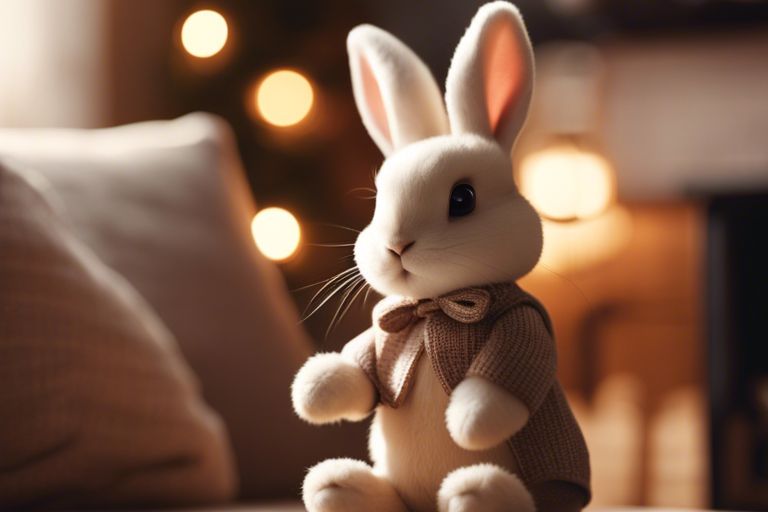
Monitoring and Maintenance
Now that you have rabbit-proofed your home, it is important to stay vigilant and regularly check for any new potential risks that may have arisen. Establishing a routine to check for new risks is vital in maintaining a safe environment for your bunny.
Establishing a Routine to Check for New Risks
Maintenance: Make it a habit to inspect the areas where your rabbit roams on a daily basis. Look for any loose wires, chewed furniture, or small objects that your bunny could potentially swallow. It is important to address any new hazards promptly to prevent accidents or injuries.
Updating Your Rabbit-Proofing Strategies as Needed
Monitoring: While your initial rabbit-proofing efforts may have been effective, it is important to continue monitoring your rabbit’s environment for any changes or new risks that may arise. As your bunny grows and becomes more curious, you may need to update your strategies to ensure their safety.
Updating: Regularly assess the effectiveness of your rabbit-proofing measures and make necessary adjustments to keep your bunny safe. Stay proactive in identifying potential hazards and take the appropriate steps to prevent any accidents.
To wrap up
Drawing together all the information provided in this guide, we can see how important it is to rabbit-proof your home in order to keep your bunny safe. By understanding your rabbit’s behavior, identifying potential hazards, and taking the necessary precautions, you can create a safe environment for your furry friend to thrive in. Ensuring that your rabbit has a secure space to roam and play without any dangers lurking will not only promote their well-being but also give you peace of mind knowing that they are protected.
Keep in mind, rabbits are curious and agile creatures who can easily get themselves into trouble if the appropriate measures are not taken. By following the steps outlined in this guide and regularly inspecting your home for any hazards, you can provide a safe and happy home for your bunny. The effort put into rabbit-proofing your home is well worth it to ensure that your beloved pet is kept out of harm’s way.
FAQ
Q: Why is it important to rabbit-proof your home?
A: Rabbit-proofing your home is crucial to keep your bunny safe from potential hazards such as electrical wires, toxic plants, and small objects they could ingest.
Q: What are some common hazards that can endanger a rabbit in the home?
A: Common hazards for rabbits in the home include electrical cords, toxic plants like lilies and ivy, small objects they can swallow, and areas where they can get stuck or injured.
Q: How can I protect electrical cords from my rabbit?
A: To protect electrical cords from your rabbit, you can use cord protectors, PVC tubing, or run them through PVC piping to prevent your bunny from chewing on them.
Q: What are some ways to prevent a rabbit from accessing dangerous areas in the home?
A: You can use baby gates to block off areas, secure cabinets and drawers with childproof latches, and make sure there are no gaps or openings where your rabbit could squeeze through.
Q: How can I provide safe chewing options for my rabbit to prevent destructive behavior?
A: You can provide your rabbit with safe chewing alternatives such as apple branches, willow balls, and cardboard tubes to redirect their natural chewing behavior and prevent them from damaging furniture or other items in your home.
